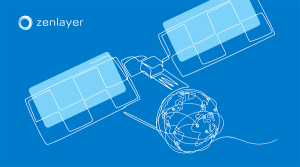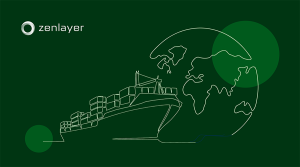What is peering?
Peering is sometimes referred to as network peering or Internet peering. It is a way to exchange traffic with another party (typically a transit provider or content provider) via a direct connection. No third party networks are involved and usually neither party incurs a cost for the traffic exchanged, unless it is a paid peering arrangement (less common).

Top three benefits of peering
1. Lower IP transit cost
By routing a portion of its traffic through peered networks, an Internet Service Provider (ISP) saves money on IP Transit costs (the cost of purchasing bandwidth from a telecom carrier).
2. Better user experience
Peering typically produces a more direct path between two networks, thereby reducing the distance that data have to travel. The result is lower latency and improved user experience. IP transit, on the other hand, may route traffic through many different points between eyeball to content.
For example, in the 1990s, traffic between UAB and Saudi Arabia had to travel across two international ISPs and an exchange point in Washington D.C. When they peered their networks in the Middle East instead, they were able to reduce transit costs and improve user experience.
3. Increased redundancy / network resiliency
The more peers an ISP has, the less dependence it will have on transit providers. If a transit route goes down, it is possible to re-route traffic if appropriate peer networks are available. Even in the absence of problems, peering increases routing control an ISP has.
Zenlayer’s global peering network

Zenlayer has over 300 global peers, which helps to deliver high performance to the end user.
We are constantly adding new peers to our global network. At GPF 12.0 in NYC this week, Zenlayer expanded its peering network in Europe and Asia.
To peer with Zenlayer, please contact us or visit us on PeeringDB.






